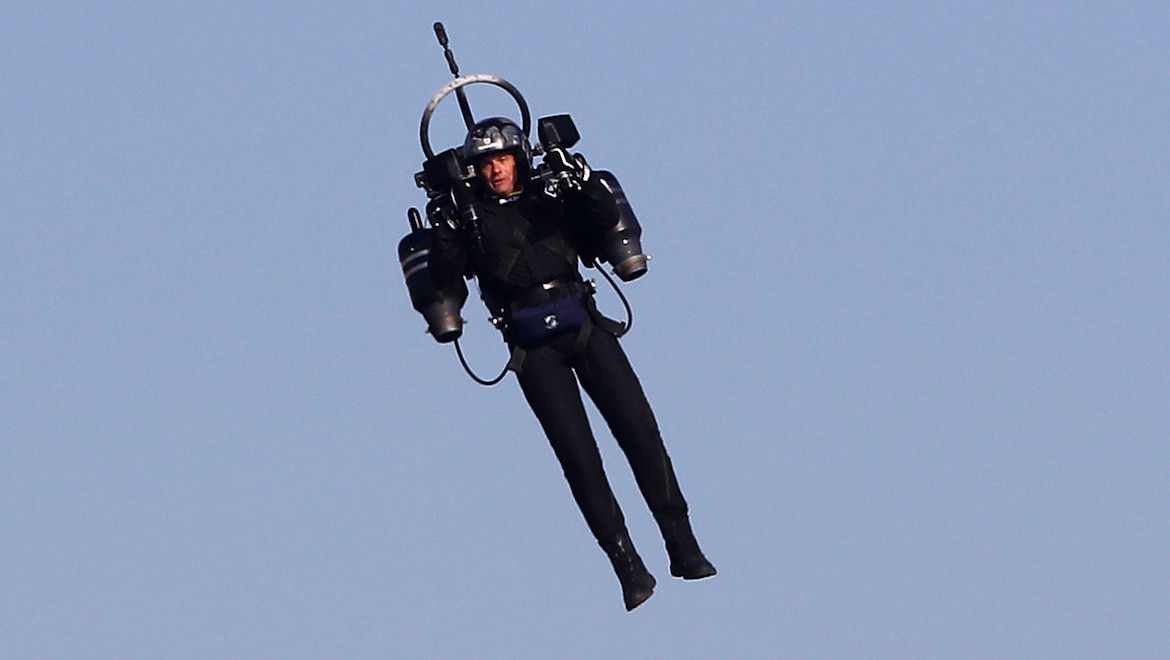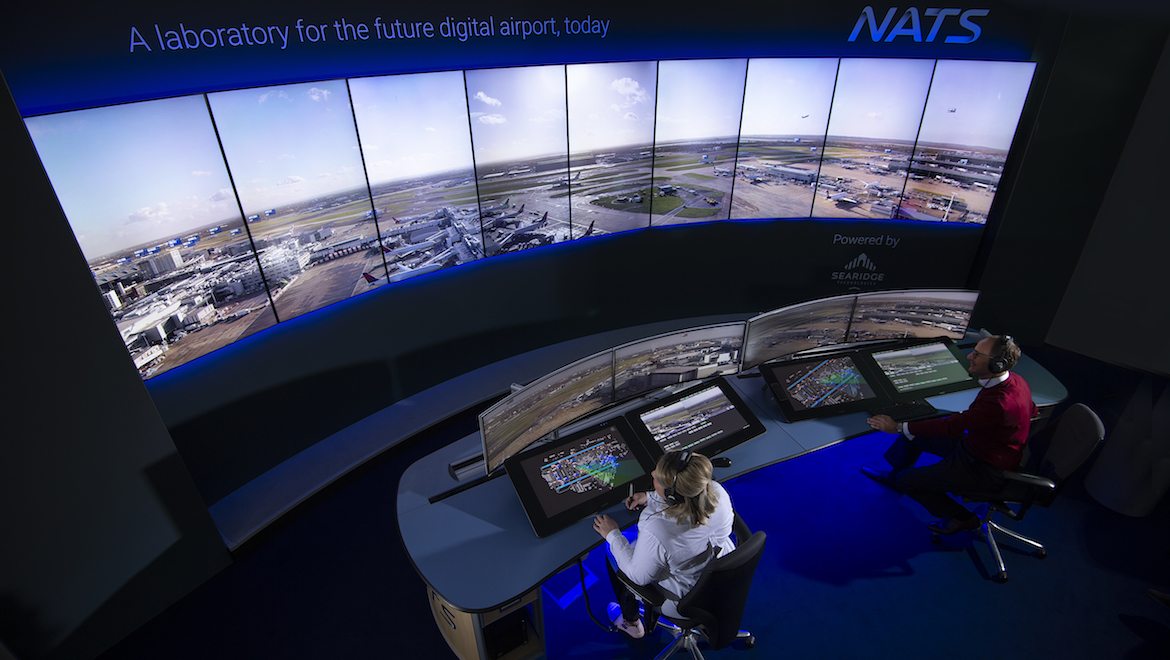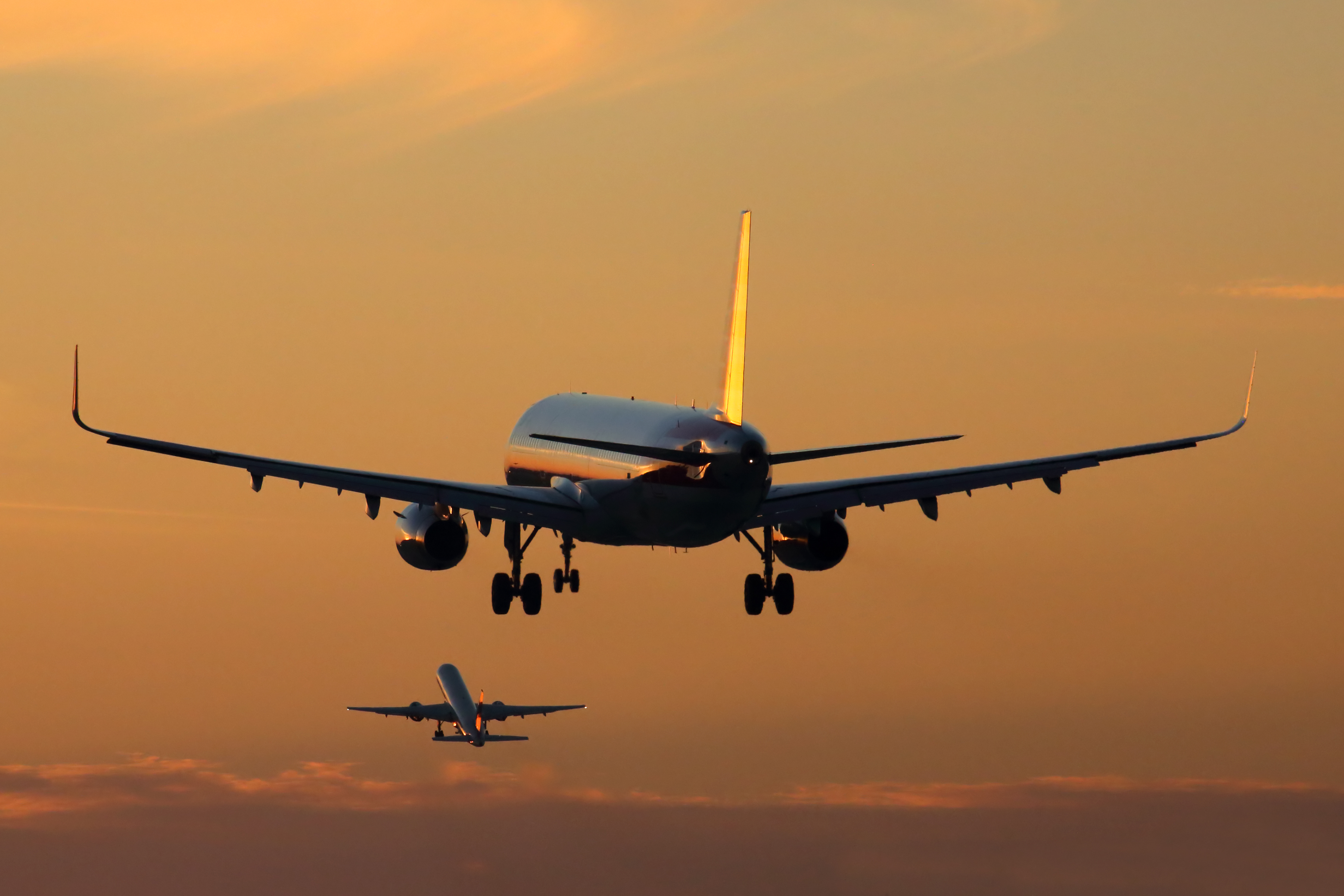
An Australian project to develop a space-based augmentation system (SBAS) that promises navigational accuracy to less than 10 centimetres plans to commence trials in the aviation sector in June.
In January 2017, the Commonwealth announced a two-year project to trial a Satellite Based Augmentation System, which uses space-based and ground-based aids to support the Global Navigation Satellite System (GNSS).
Led by Geoscience Australia, the project aims to improve the accuracy, integrity and availability of basic GNSS signals, such as those currently provided by the Global Positioning System (GPS). The tests would evaluate the effectiveness and application in SBAS across 10 industries – agriculture, aviation, construction, consumer, maritime, mining, rail, road, spatial and utilities.
It was announced on Monday the nation’s air traffic manager Airservices Australia would oversee the aviation portion of the trials, due to begin in June.
Airservices said the trial would involve several SBAS-enabled approaches with test flights into Benalla, Canberra, Mount Hotham and Wagga Wagga airports.
Further, Airservices would also be measuring SBAS performance using ground equipment in Darwin and Canberra, as well as recording both current and next generation SBAS on its flight inspection aircraft in partnership with AeroPearl.

Under the trial, GMV has installed an SBAS testbed master station, which collects data from Geoscience Australia-operated reference stations and generates augmentation messages that corrects the accuracy of global navigation satellite system (GNSS) positional information.
That data is then sent via a Lockheed Martin uplink antenna at Uralla, New South Wales, to an Inmarsat geostationary earth orbit satellite. A receiver on a ground-based vehicle or aircraft then processes that corrected positional information.
The industry projects were being managed by the Australia and New Zealand Cooperative Research Centre for Spatial Information (CRCSI).
The trials were testing three SBAS technologies – first-generation SBAS that was turned on in June 2017, second-generation SBAS that was turned on in September 2017 and Precise Point Positioning, which was turned on in October 2017. It is the latter technology that provides navigational accuracy to within 10 centimetres.
Airservices chief executive Jason Harfield said the technology would benefit regional carriers.
“It will improve safety, guiding pilots with greater accuracy, especially those flying into regional aerodromes operating under Instrument Flight Rules (IFR),” Harfield said in a statement.
“SBAS assisted approaches are eight times safer than those which use ground-based navigation aids.
“This extraordinary new technology, which provides improved navigation and timing over GPS, will also decrease the likelihood of ‘go-arounds’ and cancellations or diversions due to variable weather.”
The Australian government is investing $12 million towards the project to develop a “second generation” SBAS in Australia. Industry participation included Lockheed Martin, GMV of Spain, Inmarsat and Land Information New Zealand (LINZ).
The initiative has also received $2 million in funding from the New Zealand government, while other countries in the region have shown strong interest in participating.
The aviation trial is one of about 30 being undertaken across the various sectors.
The promised accuracy of SBAS has a number of applications in aviation, and not just the promise of cost-effective highly-accurate precision approaches for airports large and small, but also increasing airport capacity, Lockheed Martin Australia managing director for space Rod Drury told media in July.
“You can stack aircraft a lot closer because you have more confidence in the precision and the accuracy that they’re receiving,” Drury said.

Deputy Prime Minister and Minister for Transport Michael McCormack said highly accurate and reliable satellite positioning technology had the “potential to improve the safety and efficiency of services vital to regional Australia”.
“Having a complete understanding of how the aviation industry sector can fully benefit from SBAS technology is crucial to the success of this trial,” McCormack said in a statement.
“This technology has the potential to revolutionise air transport in remote and regional areas, providing pilots with accurate vertical guidance for landing procedures and improved situation awareness anywhere across Australia.”
Farmers in Queensland kicked off the industry trials of SBAS in November 2017, using the technology to more accurately track the movements of cattle, sheep and other livestock.
Australian Airports Association (AAA) chief executive Caroline Wilkie noted SBAS could be implemented without needing to install new infrastructure at airports.
“The fact that it can be implemented without costly infrastructure investment on the ground makes this an essential measure for our regional airports in particular,” Wilkie said in a statement.
“With regional airports already doing it tough, solutions that can improve outcomes in a sustainable way must be prioritised.”
VIDEO: A look at SBAS technology being tested with ocean vessels, as shown on Geoscience Australia’s YouTube channel.












